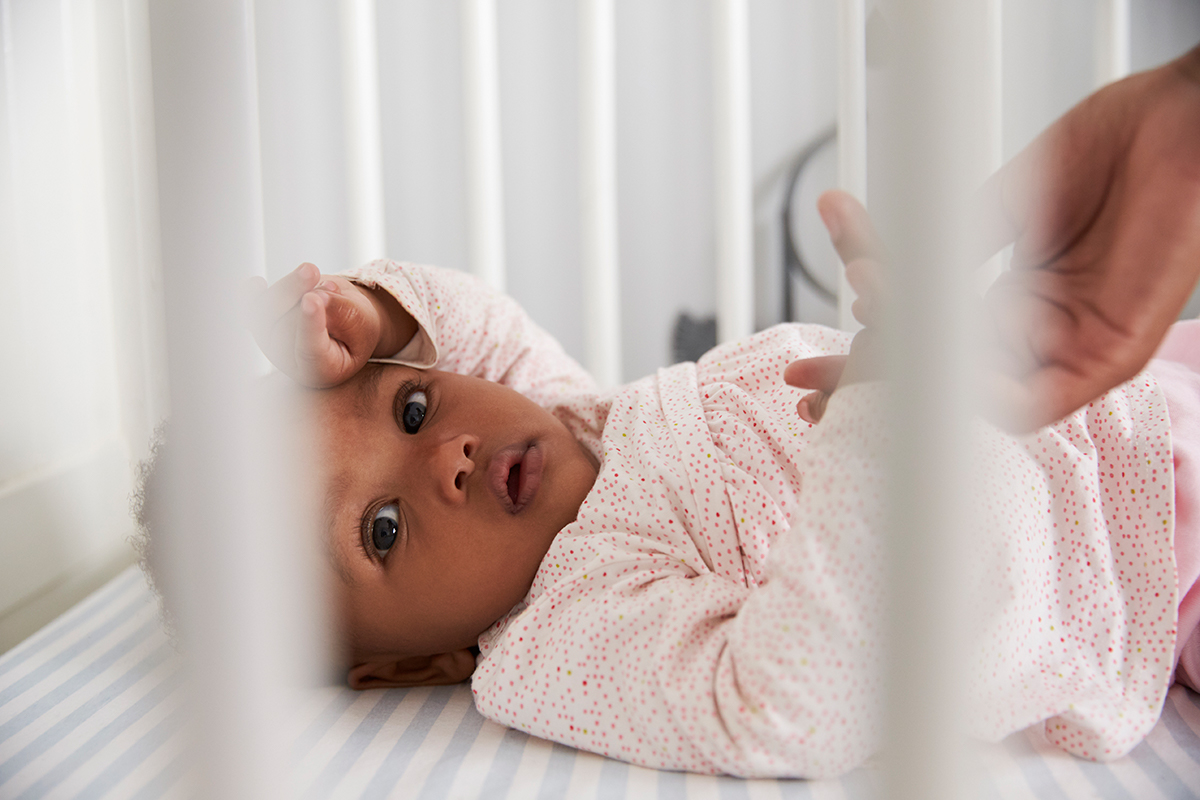RSV is a common respiratory virus that usually causes mild, cold-like symptoms, but may cause severe disease in infants and older adults.

What is RSV?
Respiratory syncytial (sin-SISH-uhl) virus, or RSV, is a common respiratory virus that usually causes mild, cold-like symptoms. Most people recover in a week or two, but RSV can cause severe infection in infants and older adults. RSV is the most common cause of bronchiolitis (inflammation of the small airways in the lung) and pneumonia (infection of the lungs) in children younger than 1 year of age in the United States. Almost all children get RSV at least once before they are two years of age.
Symptoms
People with RSV infection typically have:
Fever
Cough
Runny nose
Wheezing
In very young infants with RSV, the only symptoms may be irritability, decreased activity, and breathing difficulties.
Caring For Your Child at Home
There is no cure for respiratory viruses, but some medications can reduce disease severity in certain situations. For mild symptoms, follow these tips to help ease discomfort:
Reduce congestion with nasal saline with gentle suctioning. Children with RSV should sit or lie upright when possible. Cool-mist humidification also helps to clear the congestion and make them feel better.
Make sure your child with RSV gets plenty of rest and drinks clear fluids such as water, broth or sports drinks to prevent dehydration. For infants, use electrolyte beverages such as Pedialyte. Healthy snacks and small meals are also recommended.
If your child has a fever (100.4 degrees F or higher), acetaminophen and ibuprofen can be given to children 6 months of age and older. Infants and children should not be given aspirin as this can cause a rare but serious illness called Reye's syndrome. Only use other medications or medications for infants less than 6 months old under the guidance of your health care provider.
Follow dosing instructions listed on the back of the medication or from your health care provider.
Stay home at least 24 hours after there is no longer a fever or signs of a fever (without the use of fever-reducing medicine).
When to Seek Care
Most childhood respiratory illnesses are mild and resolve on their own without the need for emergency care or hospitalization. Understanding when to see a doctor or go to the hospital ensures that children receive the right care. Call ahead to get medical advice and see what you can do at home and when it is best to come in to be examined. Seek evaluation right away if your child has the following symptoms:
Difficulty breathing (for example fast breathing, flaring nostrils, head bobbing, grunting, or wheezing while breathing; belly breathing; pauses in breathing)
Are not able to drink enough fluids and having symptoms of dehydration
Gray or blue color to tongue, lips or skin
Significantly decreased activity and alertness
Fever in those under 3 months of age (12 weeks)
Fever above 104°F repeatedly for a child of any age
Poor sleep or fussiness, chest pain, ear tugging or ear drainage
Is Your Child at Higher Risk for Severe RSV?
Early evaluation and treatment by a health care professional can ensure the best possible outcomes for children who are at a higher risk of severe disease. Children who are at higher risk of severe disease include:
Premature or low-birth weight infants
Children with chronic medical conditions, including chronic lung diseases, heart disease, disorders weakening the immune system, or neuromuscular disorders
Prevention
While there is currently no vaccine to prevent RSV, other prevention measures are available and are strongly recommended to help stop the spread of RSV. Actions you can take to slow the spread of RSV and other respiratory viruses include:
Wash hands frequently and thoroughly with soap and warm water or use an alcohol-based hand sanitizer.
Cough or sneeze into your elbow, arm, or disposable tissue. If disposable tissue is used, use hand sanitizer or wash hands afterwards.
Avoid touching your eyes, nose, and mouth.
Stay away from people who are sick.
Stay home when sick.
Returning to Childcare or School
Return to childcare or school should be based on symptoms. Generally, children with respiratory symptoms should not return until symptoms are resolved or at least mild and improving. This includes waiting at least 24 hours since resolution of fever without the use of fever-reducing medications.
Individuals should seek care based on concerns for symptoms (especially those listed above) and not solely to receive clearance to return to school or childcare.
Testing for RSV or a doctor's note of clearance is not necessary or recommended to return to childcare or school.
Prevention in high-risk infants
There is a medicine called palivizumab (Synagis®) that can help prevent serious infection in babies at high risk for severe RSV disease. The American Academy of Pediatrics (AAP) recommends preventive use of this medicine for infants at high risk for severe RSV.
Healthcare providers may prescribe palivizumab to very premature infants and infants with certain heart and lung conditions as a series of monthly shots during RSV season. If you are concerned about your child's risk for severe RSV infection, talk to your child's healthcare provider for more information. As of 11/17/22, the AAP recommends considering using this medicine for longer than usual if high RSV levels continue in the region where the high-risk infant lives.
Information for Healthcare Providers